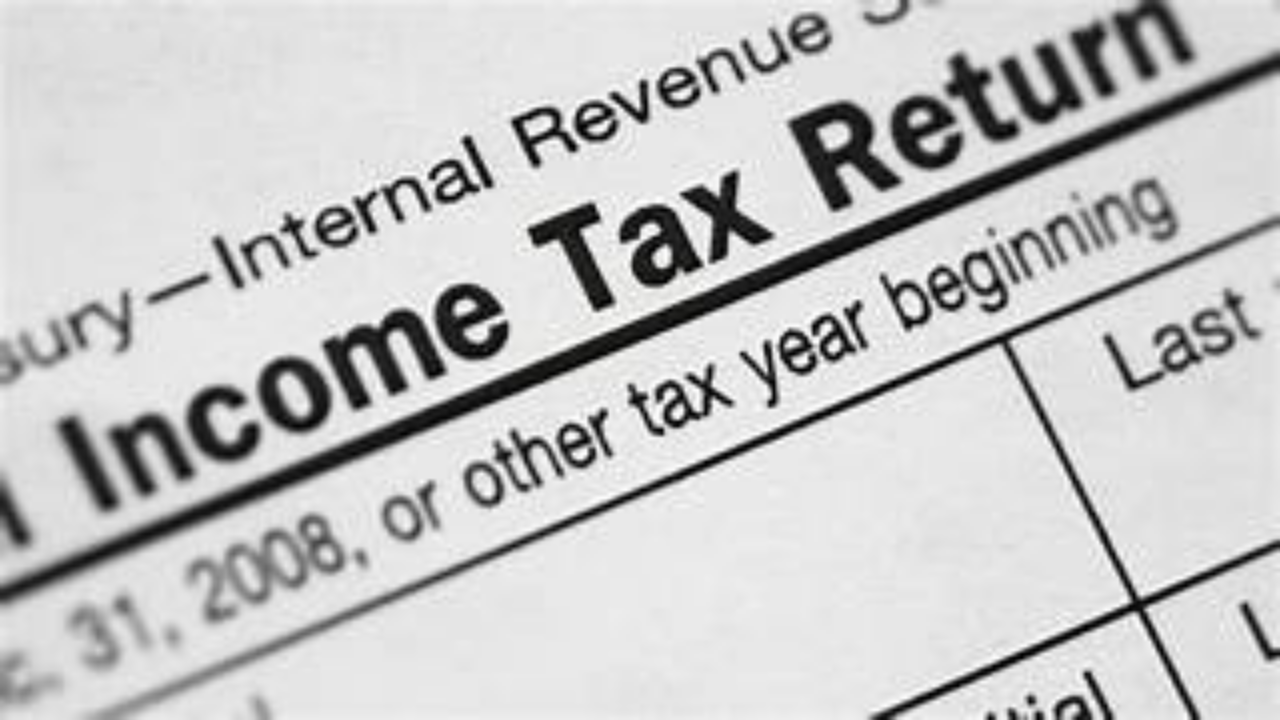Here’s a post outlining the key differences in tax rules for freelancers and salaried individuals, based on the information provided for the ITR 2025 filing season.
ITR 2025 Filing: How Tax Rules Differ for Freelancers and Salaried Individuals
With the ITR 2025 filing season underway, many freelancers and consultants are unsure about how their income is taxed differently from that of salaried employees. Knowing the distinctions will help you choose the right ITR form, claim eligible deductions, and avoid tax-related penalties.
1. Income Classification
- Salaried Employees: Your income is taxed under the head “Salaries.”
- Freelancers: Your income is taxed under “Profits and Gains of Business or Profession.” This classification is the fundamental difference that dictates your tax obligations.
2. Tax Deduction at Source (TDS)
- Salaried Employees: Your employer is responsible for deducting taxes (TDS) from your salary and depositing it with the government. You receive a Form 16 from your employer with all the details.
- Freelancers: You are responsible for managing and paying your own taxes. While clients may deduct 10% TDS from your payments, it’s your job to collect Form 16A from them and cross-verify it with Form 26AS to ensure the tax credit is properly reflected.
3. Deductions on Expenses
- Salaried Employees: You are eligible for a standard deduction of up to ₹50,000 (old tax regime) or ₹75,000 (new regime) without needing proof of expenses.
- Freelancers: You cannot claim a standard deduction. However, you can claim actual business-related expenses, which can significantly reduce your taxable income. These include:
- Internet and mobile bills
- Stationery and printing costs
- Conveyance costs
- A proportionate amount of rent and electricity if you have a home office
- Depreciation on computers, printers, and other office equipment
- Remember, all claimed expenses must be genuine, proportionate, and justifiable.
4. Calculating Net Taxable Income
- Freelancers: Your net taxable income is calculated by subtracting your eligible business expenses from your total consultancy earnings. Other income (like from rent, interest, or dividends) is added to this total.
5. Choosing the Right ITR Form
- Salaried Employees: Typically file ITR-1 or ITR-2, depending on their other sources of income.
- Freelancers:
- Most freelancers must file ITR-3, especially if they do not qualify for the presumptive taxation scheme.
- Some freelancers may be eligible for the presumptive taxation scheme under Section 44ADA, which allows them to declare 50% of their gross receipts as taxable income (up to a certain turnover limit), simplifying the process and allowing them to file ITR-4 (Sugam).
6. Key Dates and Responsibilities
- ITR Filing Deadline (Non-Audit Cases): The deadline for ITR filing for non-audit cases, which includes most freelancers, has been extended to September 15, 2025, from the previous date of July 31, 2025.
- Advance Tax: Freelancers must pay advance tax in quarterly installments if their tax liability for the year is expected to exceed ₹10,000. Under the presumptive taxation scheme, the entire advance tax amount can be paid in a single installment by March 15th.
Final Takeaway
While tax rates are the same for both groups, the key differences lie in income classification, deduction eligibility, and compliance responsibilities. Staying organized with invoices, receipts, and expense logs is crucial for a smooth and accurate ITR filing as a freelancer.
